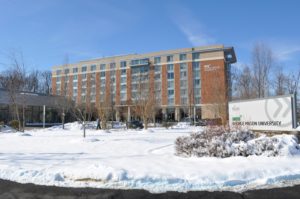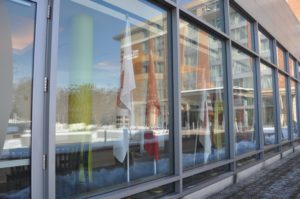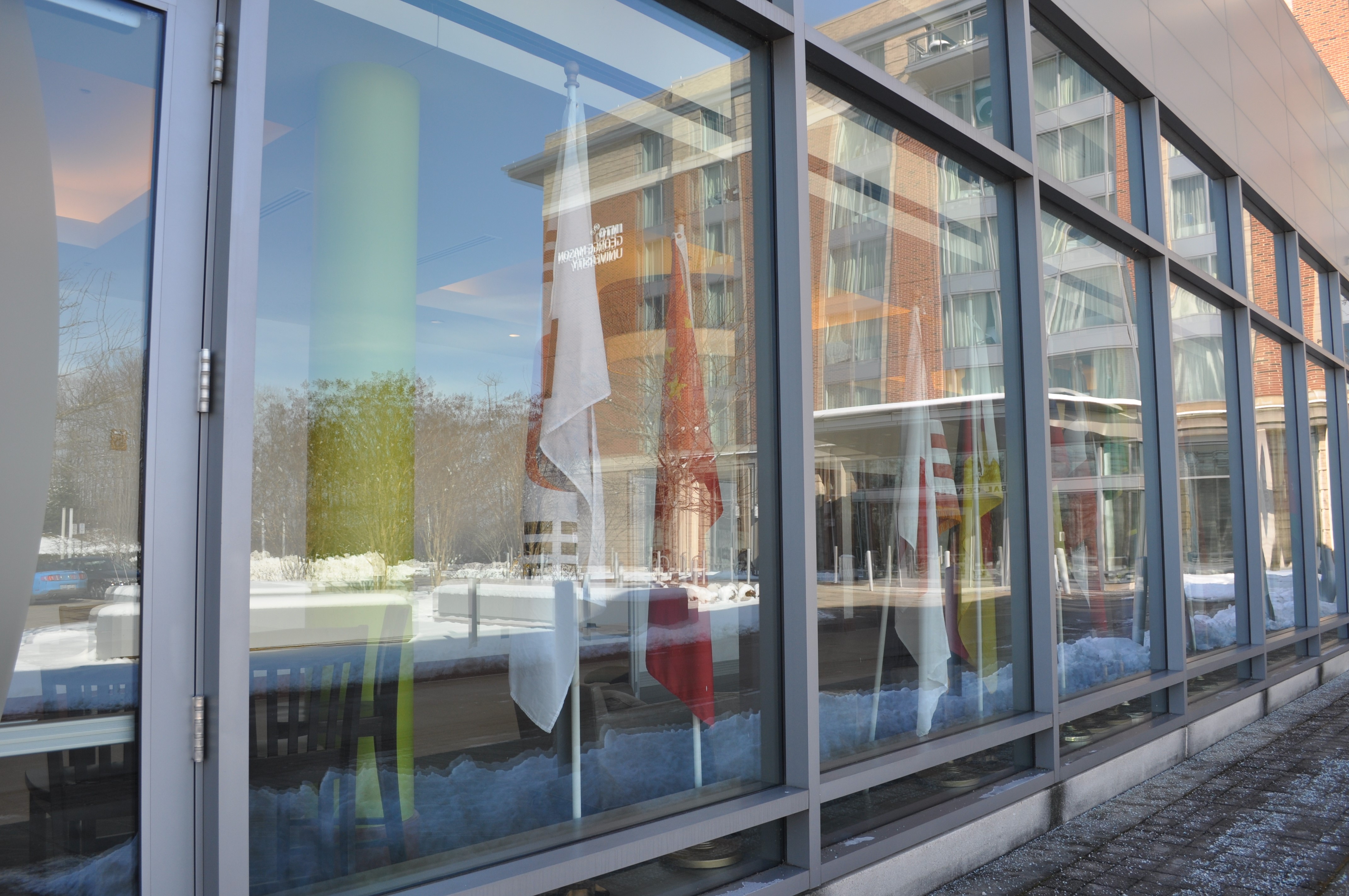While at some institutions a student population of 45 to 50 percent identifying that English is not their primary language at home might be viewed as a challenge — at George Mason University that multilingual and multicultural diversity is celebrated as a resource.
Although national data on this subject at the university level is not easily gathered, it’s a good guess that Mason’s level of multilingual diversity may in fact teeter on being historic. The degree of diversity, however, is not surprising for a campus that is located near an international city like Washington, DC and one that has valued and encouraged diversity.
 With no existing road maps for multilingual student success, Mason INTO has joined with the Stearns Center to develop a ground-breaking effort to harness this resource and create a path for faculty and students to support them on their academic journey.
With no existing road maps for multilingual student success, Mason INTO has joined with the Stearns Center to develop a ground-breaking effort to harness this resource and create a path for faculty and students to support them on their academic journey.
Helping build that path is a grant from 4-VA which funds two fellows who are already knee deep in data analysis and resource development – the foundation of the effort.
 “At Mason, we pride ourselves on our diversity, but we can’t just point to our population numbers and say ‘look at us’ — we want and need to do more. Our focus is to develop Mason’s agility and ability to work across cultures and languages,” explains INTO’s Interim Academic Director Karyn Kessler. “We have a treasure trove at our fingertips which we can use to prepare Mason grads to have a global mindset and to work on global problems.”
“At Mason, we pride ourselves on our diversity, but we can’t just point to our population numbers and say ‘look at us’ — we want and need to do more. Our focus is to develop Mason’s agility and ability to work across cultures and languages,” explains INTO’s Interim Academic Director Karyn Kessler. “We have a treasure trove at our fingertips which we can use to prepare Mason grads to have a global mindset and to work on global problems.”
Sara Mathis was brought on to analyze and report on quantitative and qualitative data regarding multilingual/international students, and their educational needs, as well as to design and implement follow-up studies to determine further needs for students and faculty. Mathis points out, “Although we already have clear data about international students, who form 8-11% of Mason’s student body, it’s important that we expand our base to include all our multilingual students. For instance, when we look at the results of surveys of the 100 level students, we conclude that 30-35% of our students speak a language other than English at home. However, when we survey our 300 level students, which includes transfer students from NOVA, that figure grows to as high as 45-50%.”
Esther Namubiru has been selected to develop online resources and face-to-face guidance for faculty as they work with both international and locally-based Mason students who would benefit from English language support. “We are looking at developing a variety of resources for our faculty in this area,” notes Namubiru. “It might be a workshop or a series of workshops, course redesign support, online resources, or presentations – we will be flexible in our delivery methods based on the needs of the faculty.”
Thanks to 4-VA support, Mason is now set to move forward to take a leadership role in this arena.
Shelley Reid, Director for Teaching Excellence at the Stearns Center and Kessler’s partner in the program, notes “Our Mason student population is a microcosm of the population of Metropolitan Washington, DC, which, in turn, is a reflection of our growing global community. We have an exciting resource at our hands, and we want to make the most of it.”

